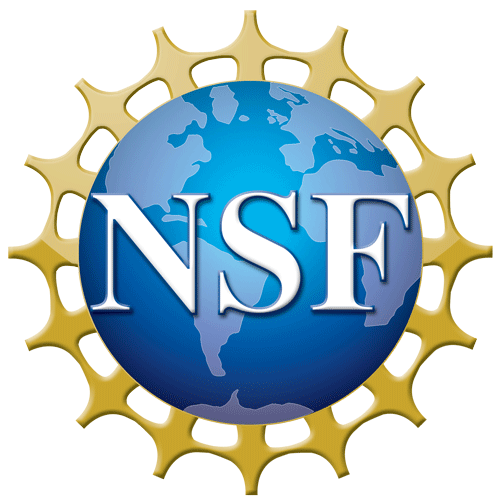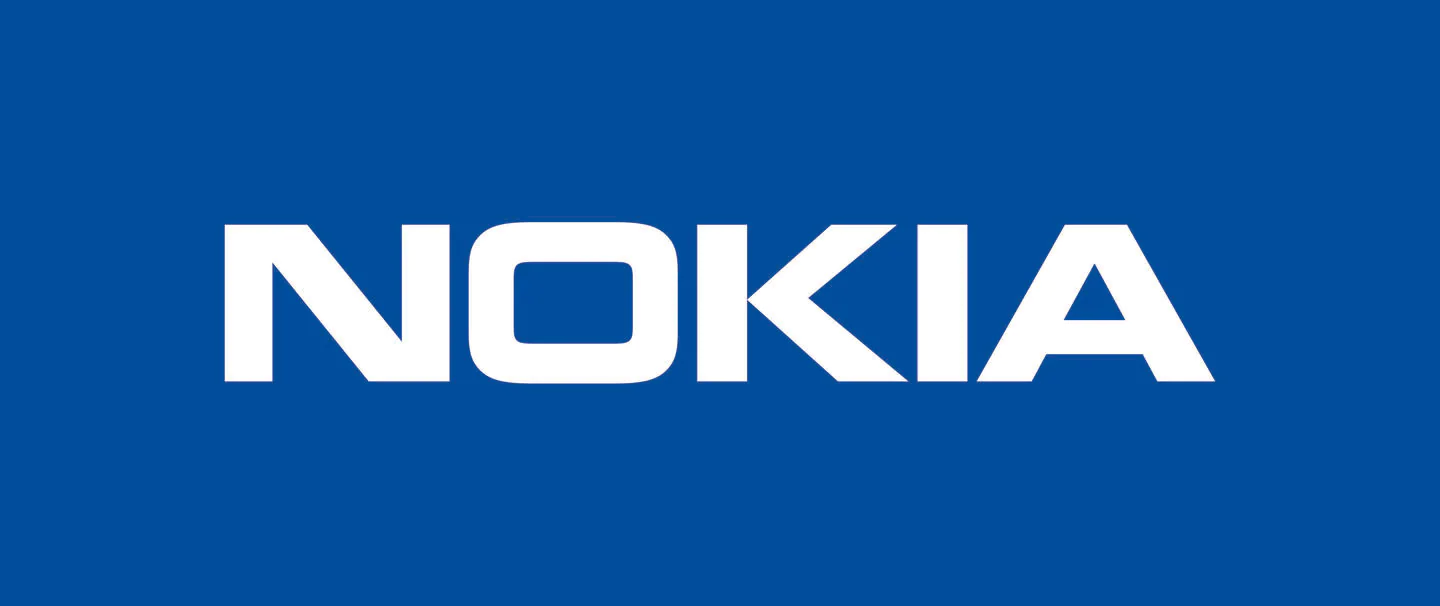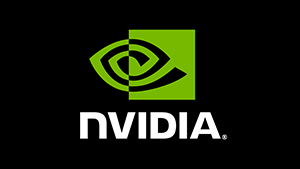IDIES researchers Alan Liu and Vladimir Braverman have developed a new strategy for managing traffic to websites that has been adopted by the Intel software stack, which powers millions of websites all over the world.
“I am happy to see that our theory has made a real impact,” says Braverman, an Associate Professor in the Department of Computer Science in the Whiting School of Engineering and an IDIES member.
Today’s Internet is driven by data flows. Websites, and the servers that power them, must be able to manage all these data flows to create a smooth experience for users. But not all data flows move the same amount of data – watching a movie on Netflix requires far more data transfer than just sending an email. Web servers can balance the load by directing more resources to the higher-volume data flows, but that is only possible when the server knows how big each request is. With potentially billions of requests of unknown sizes coming in every second, the server cannot possibly keep up without additional help.
The solution comes through creatively applying software to the problem. When a webserver notices a new data flow, it tries to guess how big the data flow will be, so it can react accordingly. The better the initial guess, the better the site can respond to users.
The new approach that Liu and Braverman created uses a new technique called “universal sketching” to estimate the size of data flows. Their new technique can estimate the size of data flows faster and with less memory than previous techniques, and with far more flexibility.
“The power of this technique is that we can estimate so many different parameters at once,” says Braverman. “It’s a way of getting the right answer even when you don’t know what the right question is.”
Liu and Braverman developed their universal sketching technique, called NitroSketch, while Liu was a PhD student in the Department of Computer Science, and presented it at the 2019 annual meeting of the ACM’s Special Interest Group on Data Communication (SIGCOMM 2019). meeting. Liu continued the work this past summer in a postdoctoral position at Intel Corporation, culminating in Intel’s announcement last month at their annual Data Plane Development Kit (DPDK) Summit.
Liu is continuing to develop NitroSketch in his new role as an Assistant Professor at Boston University.












